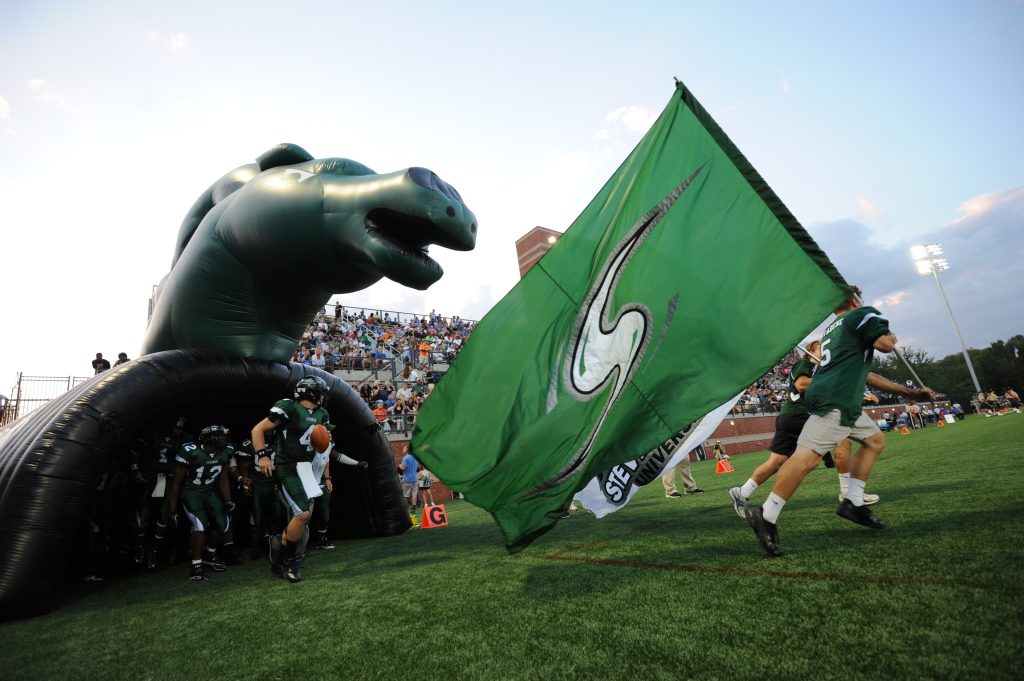
In Dr. Pelton’s Educational Psychology course, we were able to take part in a series of experiential learning activities in the Greenspring gym.
Dr. Pelton had us complete a number of collaborative group challenges to compare and contrast Piaget’s theory of cognitive constructivism with Vygotsky’s theory of social constructivism. These cooperative activities allowed us to simulate real-life issues and situations to which we could directly apply the learning theories in order to analyze them on a deeper, more meaningful level. For example, we faced the challenge of transporting each of our peers through a towering “spider’s web” of tape that formed about twelve oddly-shaped gaps for students to slide, leap, or be lifted through. The catch was that each orifice could only be used three times. With a class of around thirty or so pre-service teachers, this quickly became an obstacle that forced us to slow down and develop a cohesive plan in order to move forward. This activity in particular allowed us to access and display both cognitive (personal) as well as social (group) constructivist characteristics.
As educators, the unique structure of this class session was an example of how to fully involve our learners by addressing different learning needs (such as cognitive, psychomotor, affective) in one engaging, practical lesson.
(Submitted by Emily Janssen, Elementary Education, ’19)





